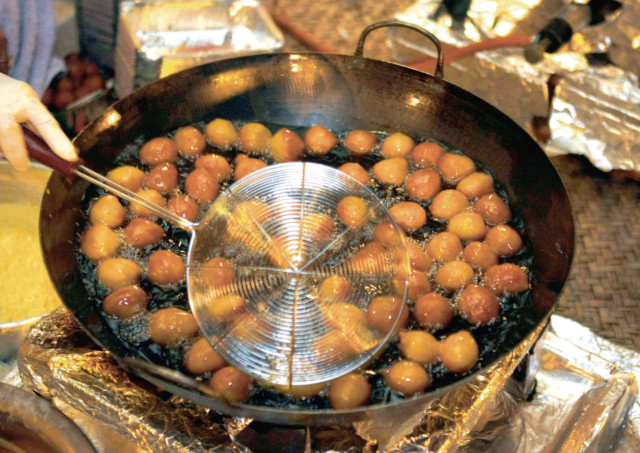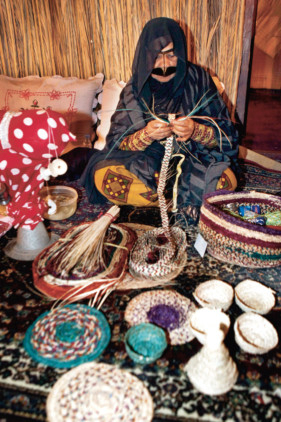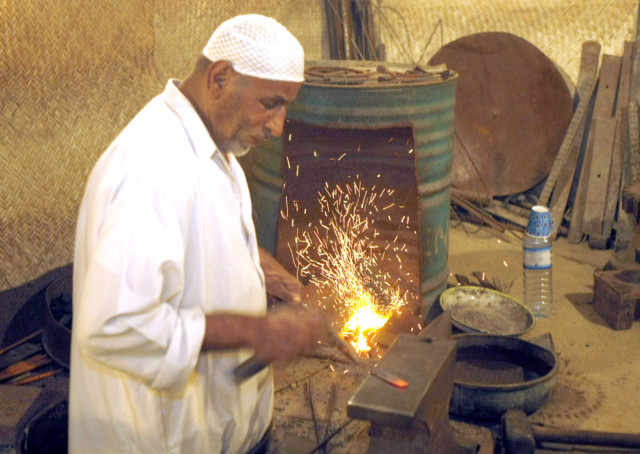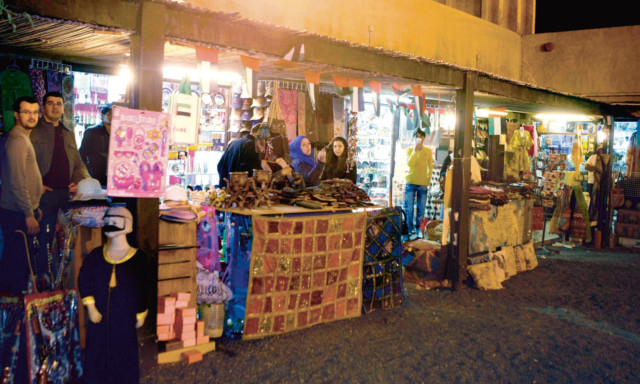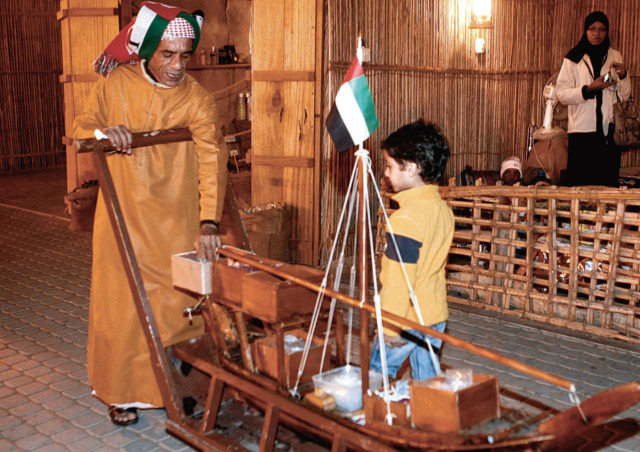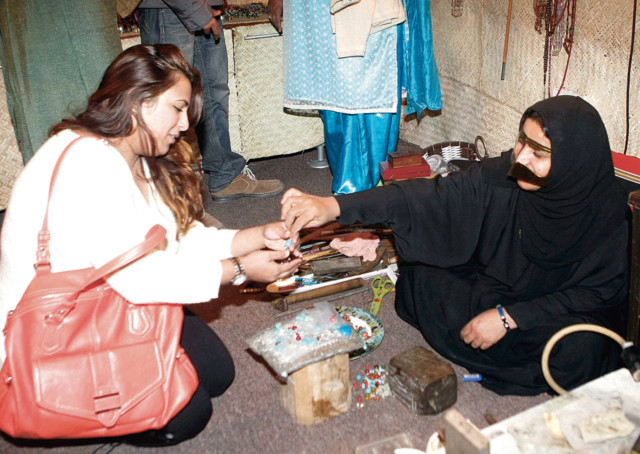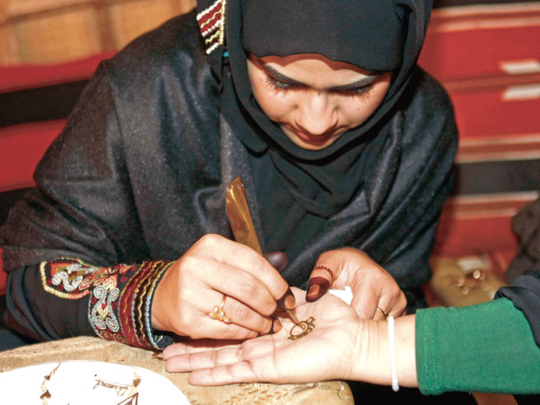
Dubai: Home to the world’s tallest building to the longest driverless Metro network to man-made islands and similar such human feats, the city of Dubai is dotted with modern-day tourist attractions. But hidden among these landmarks is one attraction which does not boast any superlative, yet endears visitors to a side of Dubai that many don’t know about.
Welcome to Shindagha Heritage Area
If there is one thing the place boasts about, it’s the nation’s pride in its heritage. Shindagha has preserved the UAE’s heritage including its cultural and historical origins and thanks to the Dubai Shopping Festival (DSF), the area has come alive with activities providing a fascinating gateway to the Emirati culture.
Visitors are greeted with sounds of traditional Arabic music and treated to everything from traditional dance to local handicrafts, food and games. The celebrations offer a glimpse into the life of Emirati people before the advent of the modern lifestyle.
Emirati cuisine
Among the first things that attract visitors is a group of local women sitting in huts and dishing out hot pancakes, Emirati doughnuts and dumplings (luqaimat) smeared with date syrup and sesame seeds. You can get your fill for just Dh10 and most visitors try these first-up when they enter the heritage area.
“These are delicious, fresh and hot; the right start to our visit today,” said Eman, a Syrian visitor, on Sunday.
Meanwhile kids are drawn instantly to Mohammad Salem’s mobile cart as he sells sweets and toffees for Dh1-Dh2.
Striking the iron while it is hot is 72-year-old blacksmith Sayeed Marad Haddad. He attracts many visitors as he shows how the heated iron is shaped into knives, tongs, daggers and others items that were once part of Emirati kitchens a few decades ago.
“This is what I have been doing all my life. People who value traditional items buy from me even now,” he says.
Fighting for attention are ethnic silver necklaces, silver toe-rings, anklets, stone-studded bracelets and rings in a nearby stall. “Traditional jewellery is always in demand and we get a lot of customers. With the Shopping Festival on, we have seen European, Indian and Arab tourists buy these things,” said stall-owner Fatma Haji Shahi, who learnt the art of shaping silver from her husband.
“I have been doing it for more than 20 years now; we get the stones from Yemen and most of the items are hand-made.”
Equally popular is chunky silver jewellery at Mohammad Siddiqui’s stall. “Many of these are old. We do not polish them because people like them unpolished,” says Siddiqui, who gets them from Afghanistan, Pakistan and Yemen, and are priced from Dh10 to Dh500.
Charmed
One can’t help but notice that visitors are indeed charmed by the place. “The heritage area shows a totally different side of Dubai. My family, who are visiting from India, are happy that they have got to see so many aspects of Emirati life,” said Shweta Sunawani, an insurance professional.
Little girls and women can be seen getting their hands painted with Arabic henna designs. “During the festival we get more than 30-40 people daily and it is getting busier,” says Umm Saoud and Ayesha Abdullah, busy making intricate designs.
Tourists keen on taking back souvenirs and gifts have several options with stalls selling oudh, Emirati dresses, traditional items like kettles, lanterns and bags (used to carry water and food, made of animal skin).
As part of DSF, the heritage area is also showcasing traditional fishing and diving equipment, and lined up cultural events such as a traditional wedding ceremony, local bands, falconry show and camel caravan.


